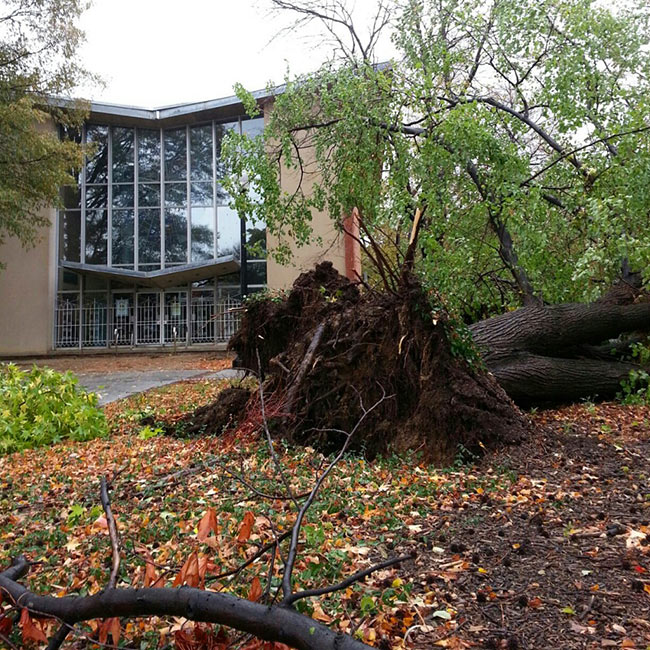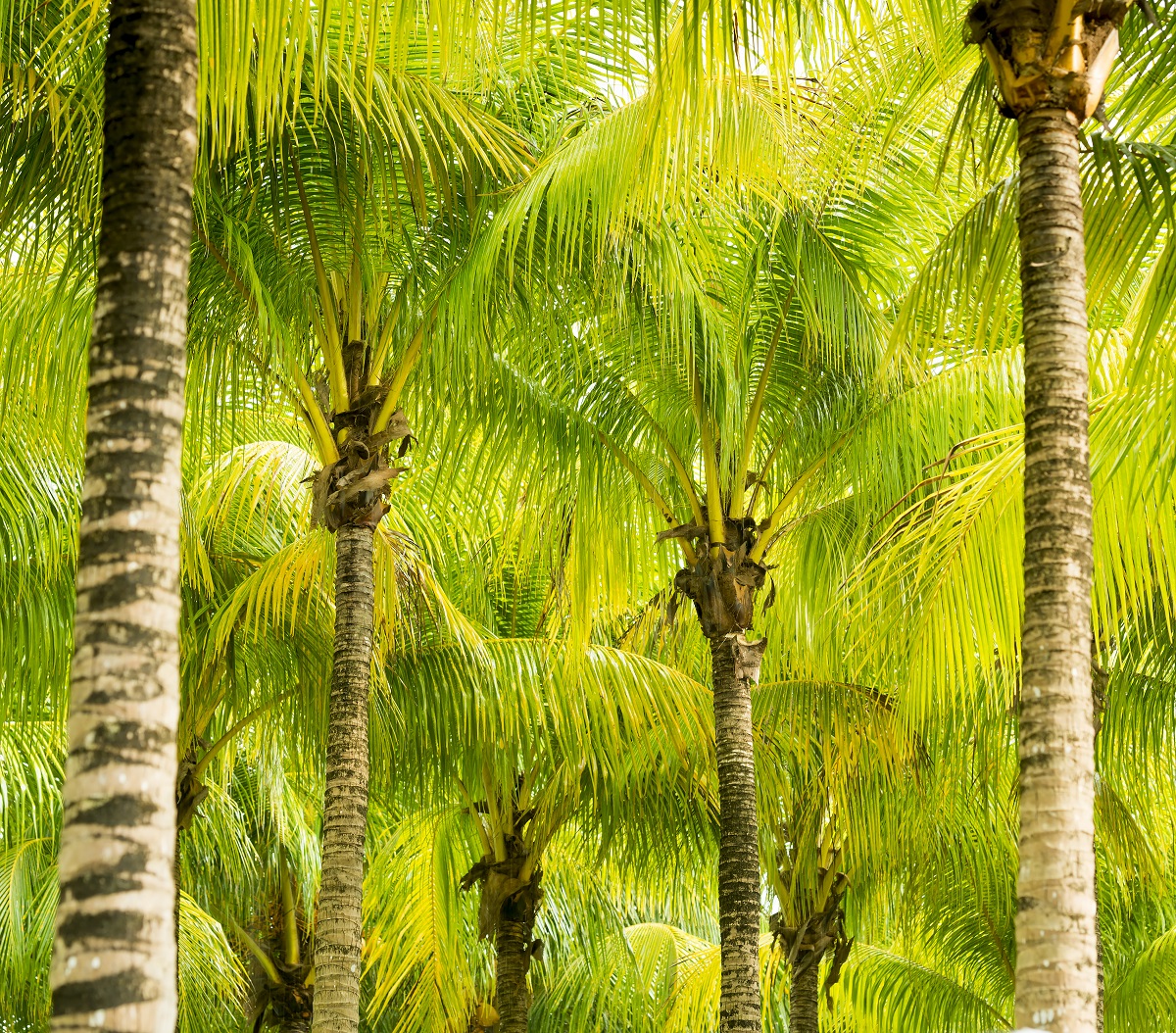What Makes a Good Arborist?

An arborist is a professional who specializes in the care and maintenance of trees. They have extensive knowledge of tree biology and are trained in the proper techniques for planting, pruning, and removing trees. They also have expertise in diagnosing and treating tree diseases and pests.
Here are some of the things that arborists do:
- Plant trees: Arborists select the right tree species for the specific location and climate, based on soil type, sun exposure, and other factors. They also provide advice on proper planting techniques to ensure the tree has the best chance of surviving and thriving.
- Prune trees: Arborists prune trees to maintain their health and shape, and to remove dead or diseased branches. They also prune trees to prevent them from interfering with power lines or other structures.
- Remove trees: Arborists remove trees that are dead, diseased, or hazardous. They also remove trees that are blocking sunlight or views.
- Diagnose and treat tree diseases and pests: Arborists can identify and treat tree diseases and pests. They can also recommend preventive measures to keep trees healthy.
- Assess tree risk: Arborists can assess the risk of trees falling or causing damage. They can also recommend measures to reduce the risk of tree failure.
- Provide consulting services: Arborists can provide consulting services to homeowners, businesses, and government agencies. They can advise on tree care, tree selection, and tree removal.
Arborists work in a variety of settings, including residential, commercial, and public spaces. They are an important part of the green industry, and they play a crucial role in maintaining the health and safety of trees.
Here are some of the qualities that make a good arborist:
A good arborist is someone who has the knowledge, skills, and experience to care for trees safely and effectively. They should be able to:
- Identify and diagnose tree diseases and pests
- Prune trees to maintain their health and shape
- Remove trees safely and responsibly
- Assess the risk of tree failure
- Provide advice on tree care to homeowners and businesses
In addition to these technical skills, a good arborist should also have:
- Strong communication and customer service skills
- The ability to work safely at heights
- A commitment to environmental stewardship
Here are some of the specific qualities that make a good arborist:
- Knowledge: A good arborist should have a deep understanding of tree biology, including the different types of trees, their growth habits, and their needs. They should also be familiar with the common diseases and pests that affect trees, as well as the proper methods for diagnosing and treating them.
- Skills: A good arborist should have the skills to safely and effectively perform a variety of tree care tasks, including planting, pruning, and removing trees. They should also be able to use a variety of tools and equipment, such as chainsaws, ropes, and ladders.
- Experience: A good arborist should have several years of experience working with trees. This experience will help them to develop the judgment and skills necessary to make sound decisions about tree care.
- Communication skills: A good arborist should be able to communicate effectively with homeowners, businesses, and other stakeholders. They should be able to explain complex technical concepts in a clear and concise way.
- Customer service skills: A good arborist should be customer-oriented and put the needs of their clients first. They should be responsive to customer concerns and questions, and they should strive to provide a high level of customer service.
- Safety: A good arborist should always work safely. They should be aware of the risks involved in tree care and take steps to minimize those risks.
- Environmental stewardship: A good arborist should be committed to environmental stewardship. They should take steps to protect trees and the environment during their work.
Get A Palm Tree Trimming or Removal Quote In Phoenix, AZ
If you are interested in receiving a free cost quote for Palm Tree Trimming anywhere in the Phoenix Valley, let Arbor Care Help!
We provide affordable Palm Tree Trimming services in Phoenix, Scottsdale, Chandler, Scottsdale, Gilbert, Glendale, Mesa, among others. Remove those sick or dead Palm Trees and enhance your residential yard or commercial property.


